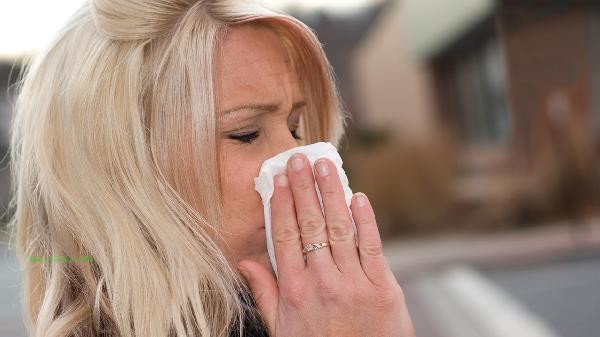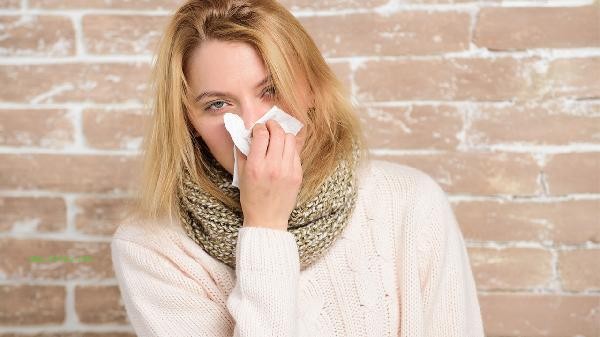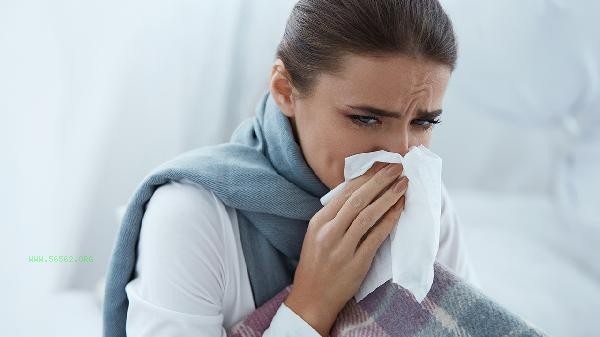Vaccines are effective methods of preventing infectious diseases by stimulating the immune system to produce antibodies, mainly including inactivated vaccines, attenuated live vaccines, recombinant protein vaccines, nucleic acid vaccines, vector vaccines, and other types.

1. Inactivated vaccines
Inactivated vaccines use chemical or physical methods to kill pathogens and preserve their immunogenicity. This type of vaccine has high safety and is suitable for people with low immune function, but usually requires multiple doses to develop sufficient immunity. Common inactivated vaccines include polio vaccine, rabies vaccine, etc. After vaccination, there may be slight reactions such as local redness and swelling or low-grade fever, which generally do not require special treatment.
2. Attenuated live vaccines
Attenuated live vaccines are made from pathogens with reduced toxicity but still active, which can induce strong immune responses. This type of vaccine is usually administered less frequently and has a long-lasting immune effect, but there is a very low probability of virulence reversion risk. The measles vaccine and varicella vaccine are typical attenuated live vaccines. People with immune dysfunction should avoid vaccination, and pregnant women should also use it with caution.
3. Recombinant protein vaccine
Recombinant protein vaccine is produced through genetic engineering technology to produce pathogen specific protein antigens, which do not contain intact pathogens and have high safety. Hepatitis B vaccine and HPV vaccine all use this technology. This type of vaccine requires the addition of adjuvants to enhance immune efficacy, which may cause reactions such as pain or fatigue at the vaccination site, but the symptoms are usually mild and short-lived.

4. Nucleic Acid Vaccines
Nucleic acid vaccines directly introduce DNA or RNA encoding antigens into human cells, inducing them to produce target antigens. COVID-19 mRNA vaccine belongs to this category, which has the advantages of short R&D cycle and easy large-scale production. After vaccination, there may be systemic reactions such as fever and muscle soreness, which mostly resolve on their own within 48 hours.
5. Vector vaccines
Vector vaccines use harmless viruses as vectors to carry the target pathogen genes into the human body. The Ebola virus vaccine and other vaccines using this technology can simultaneously stimulate humoral and cellular immunity. Due to the use of viral vectors, it is necessary to evaluate whether the recipient has corresponding viral antibodies before vaccination to avoid affecting the immune response. Vaccination is the most cost-effective public health measure for preventing infectious diseases. The vaccination procedures, contraindications, and precautions for different vaccines vary, and medical staff should be truthfully informed of their own health status and allergy history before vaccination. After completing the entire vaccination process, it is still necessary to maintain good hygiene habits, and some vaccines require regular booster shots to maintain their protective effects. Special populations such as the elderly, chronic disease patients, pregnant women, etc. are advised to consult professional physicians before vaccination and develop appropriate immunization plans based on individual circumstances.









Comments (0)
Leave a Comment
No comments yet
Be the first to share your thoughts!